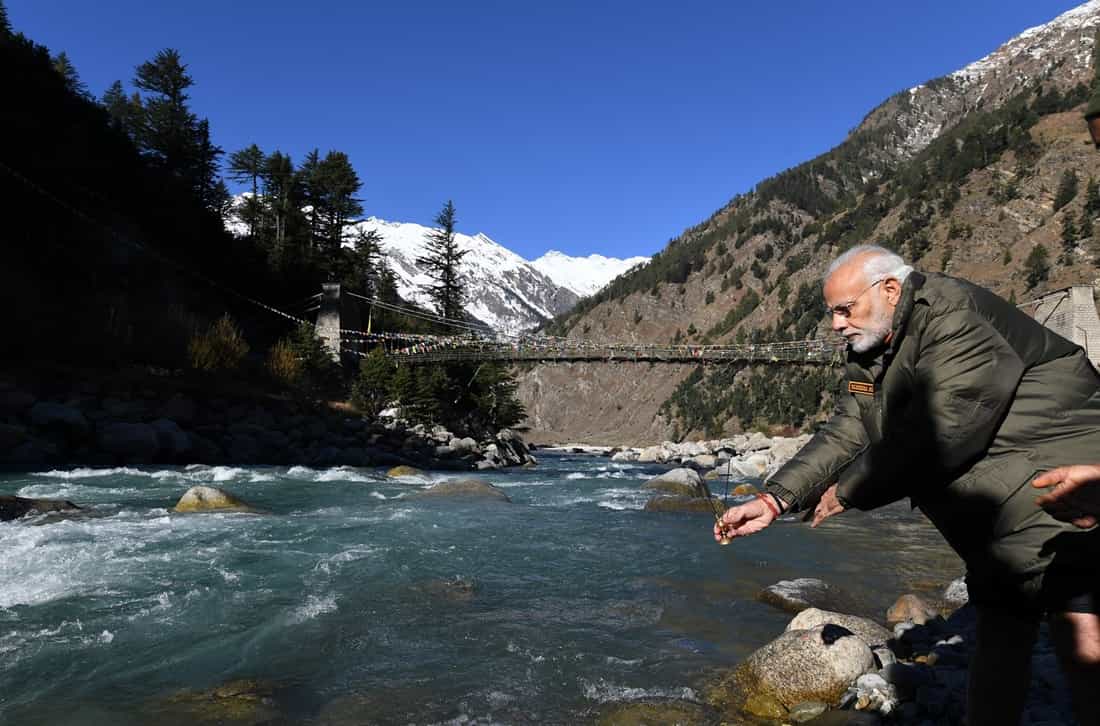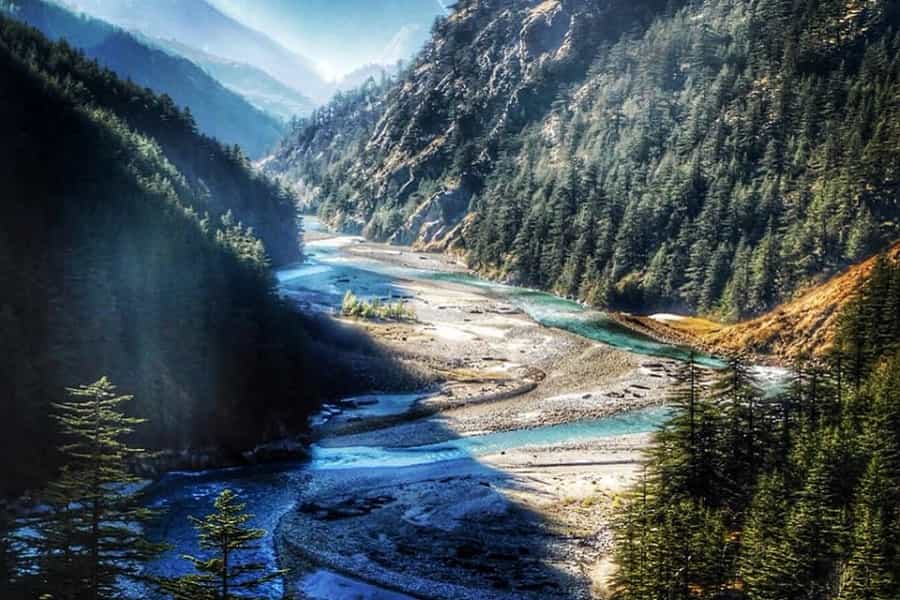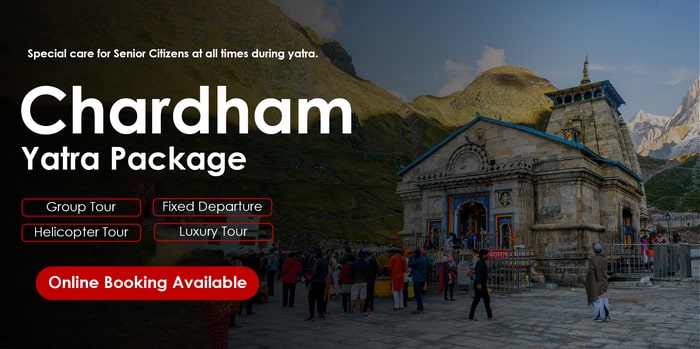Last Updated on January 22, 2025
Originating from the Gaumukh Glacier at the base of the Khatling and Gangotri glaciers, this river is one of the holiest rivers in India. The place is considered holy by Hindus as it is regarded as the birthplace of the Ganga. The highly revered Char Dham temple of Gangotri is situated on its banks and is visited by devotees from all over the world. After traveling a distance of 205 km, the river concludes its journey at Devprayag, where it merges with the Alaknanda to form the life-giving holy river, Ganga.
The gushing river is one of the two headstreams of the Ganga, and taking a dip in it is said to wash away all sins and grant moksha. The river flows majestically at a height of about 475 meters above sea level. The river’s ferocity is utilized for power generation, and several hydroelectric dams have been constructed. Throughout its course in the hills, the river serves as a source of livelihood for the locals, while also holding extremely high spiritual and cultural values.

Religious Significance
The Bhagirathi and other streams that form the Ganga have been worshipped since ancient times. The river is mentioned in several holy Hindu scriptures, further proving that it plays an incredibly important role in our beliefs and culture. It is said that King Bhagirath wanted to provide salvation to his ancestors. As advised by his sages and philosophers, the king meditated to please the goddess Ganga so that she would descend to Earth and grant salvation to his suffering ancestors. Pleased by his intense penance, the goddess made her way to the earthly realm from heaven and divided herself into twelve small streams, one of which is Bhagirathi.
Ever since, the ashes of the deceased are immersed in the Ganga River to help them attain moksha and rest in peace. On the riverbanks stands the gleaming white Gangotri Temple, where Goddess Ganga is worshipped.
Must Read: Sacred Rivers of Uttarakhand
About Confluence
Devprayag is a holy town that has developed as a major pilgrimage attraction in Uttarakhand. It is the place where the Bhagirathi River merges with the Alaknanda River to form the sacred river, Ganga. It is an essential part of the sacred Panch Prayag Yatra, which involves visiting the five holy confluences of Uttarakhand: Devprayag, Rudraprayag, Nandprayag, Karnaprayag, and Vishnuprayag. This humble town is dotted with several ancient religious temples and attracts devotees from all over the world. You must take a dip in the confluence, even if you are not a religious person—it’s an experience to remember. The place is surrounded by abundant nature, allowing you to completely immerse yourself in the positive energy it radiates.
Bhagirathi River Features

The Bhagirathi River forms the western boundary of the Ganges-Brahmaputra delta while flowing through West Bengal and Northeast India. A tributary of the holy Ganga, it leaves the Ganga at the northeastern end of Jangipur, then flows southward to join the Jalangi River at Nabadwip, forming the Hooghly River. Up until the 16th century, when the Ganga shifted eastward to Padma, Bhagirathi had formed the original Ganges bed. The banks of this river are sheltered and covered entirely with ancient temples and structures, making it a place of significant religious importance.
River Course
The Bhagirathi’s headwaters are formed at the Gaumukh Glacier, located at the foot of the Khatling and Gangotri glaciers in the Garhwal Himalayan region. Below is the list of tributaries that the river joins on its way to its final confluence at Devprayag:
- Kedar Ganga in Gangotri
- Jadh Ganga in Bhaironghati
- Kakora Gad and Jalandhari near Harsil
- Siyan Gad near Jhala
- Assi Ganga near Uttarkashi
- Bhilangna River near Old Tehri
The basin size is 6,921 sq. km, and the river flows for a length of 205 km, crossing the districts of Uttarkashi and Tehri. The towns and settlements along the river worship the water body as sacred.
Places to Visit
- Tehri Dam – This iconic landmark is one of the highest dams in the world and the highest dam in India. The multipurpose embankment dam, located on the Bhagirathi River, is part of the Tehri Hydroelectric Complex and is managed by THDC India Limited. It has been a subject of environmental concerns due to the fragile ecosystem it affects, and several environmental organizations have expressed opposition to it.
- Sangam – The confluence of the Bhagirathi and Alaknanda Rivers here is one of the most significant pilgrimage sites in Uttarakhand. Taking a dip here is believed to grant moksha. There is also an ancient temple here, making it an important place of worship. The distinct colors of the two rivers can be seen clearly, making it a breathtaking sight, especially after the monsoon season.
- Dashrath Shila – This temple dates back to the Ramayana era and is an important symbol of King Dashrath’s and Lord Ram’s presence. It is said that King Dashrath performed his atonement here, and Lord Ram and his brother Lakshman spent part of their childhood here. Close to the temple is a small hill known as Dashrathachal, believed to be the site of Dashrath’s throne.
- Raghunath Temple – This quaint shrine is dedicated to Lord Ram and also houses idols of Sita Maa and Lakshman. The architecture of the temple is a unique blend of Buddhist and South Indian styles, making it a stunning sight. The temple was in poor condition before being renovated by Maharaja Gulab Singh in 1839. It is a must-visit during your trip to Devprayag.





 Call
Call WhatsApp
WhatsApp Enquiry
Enquiry